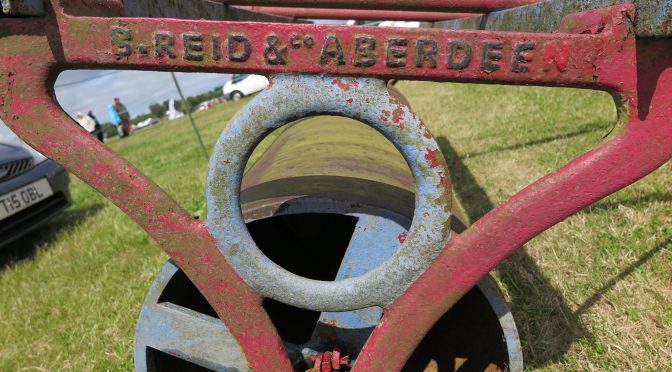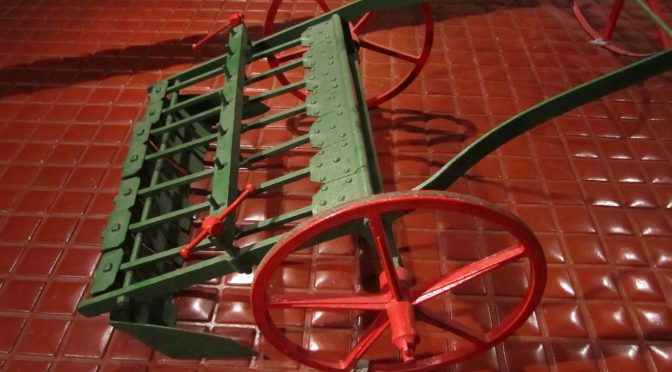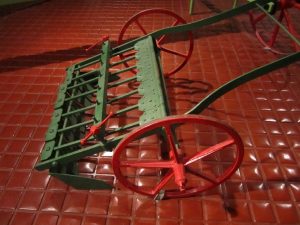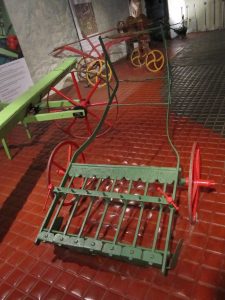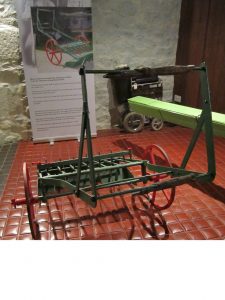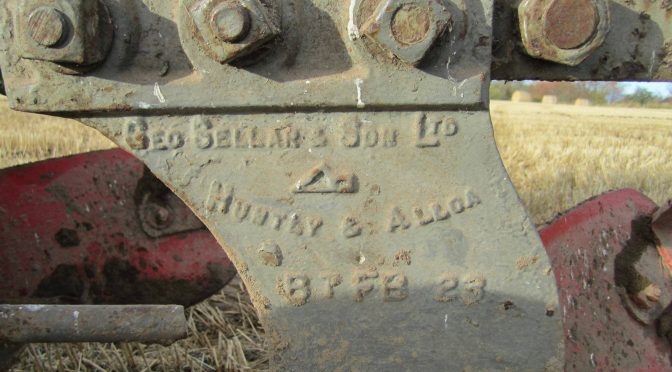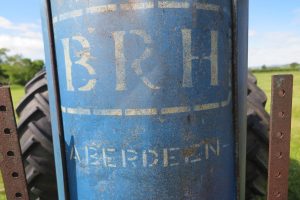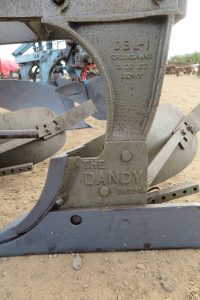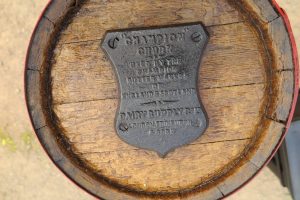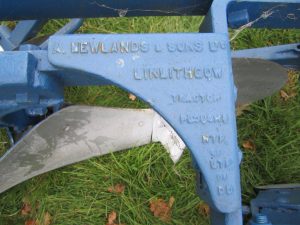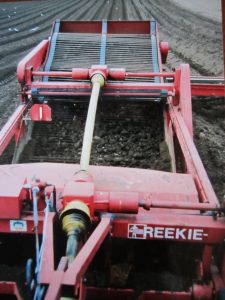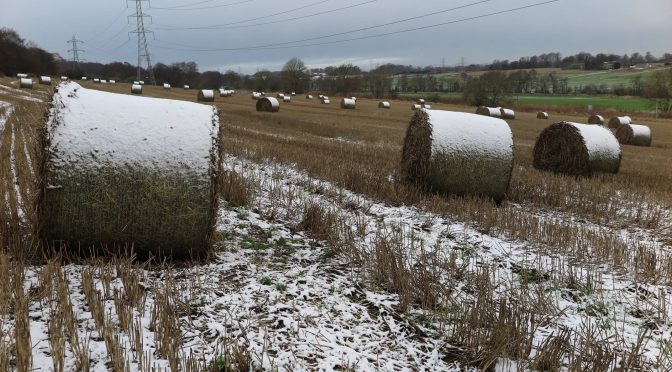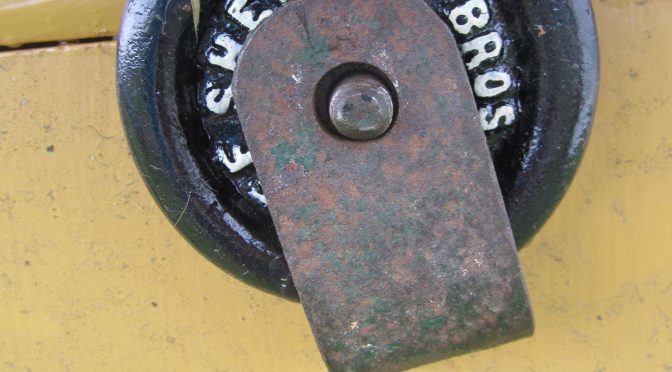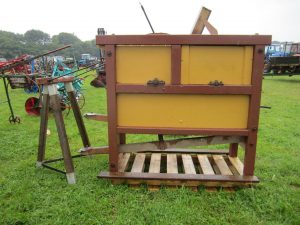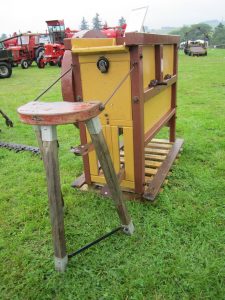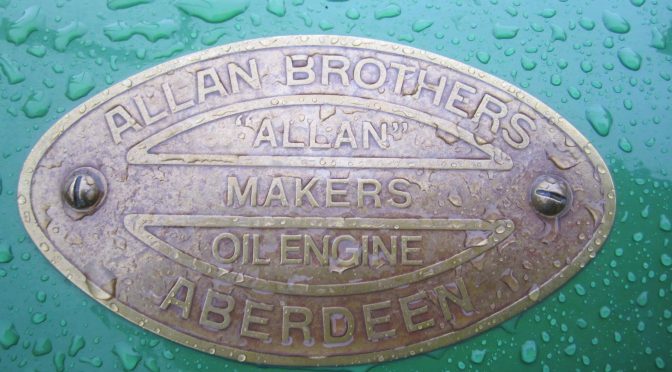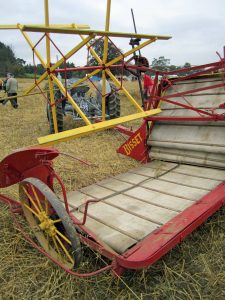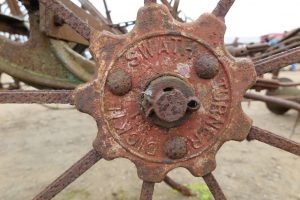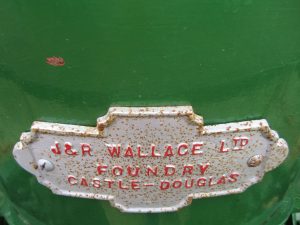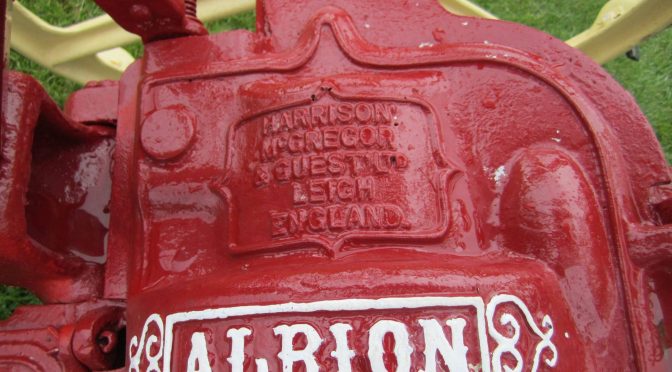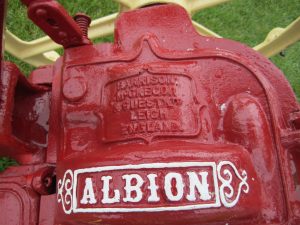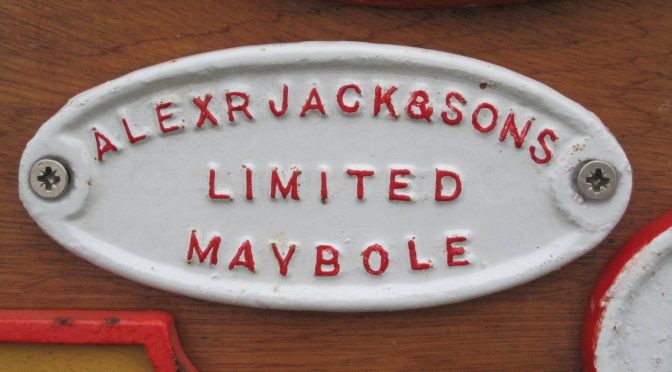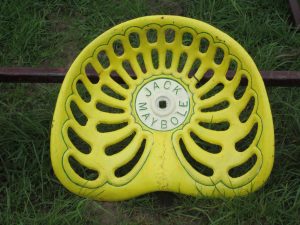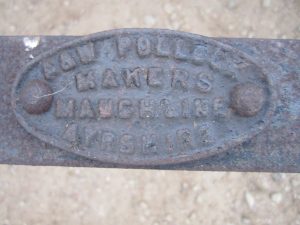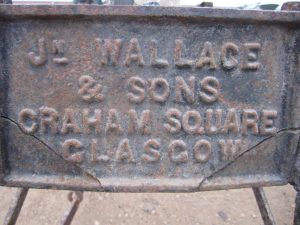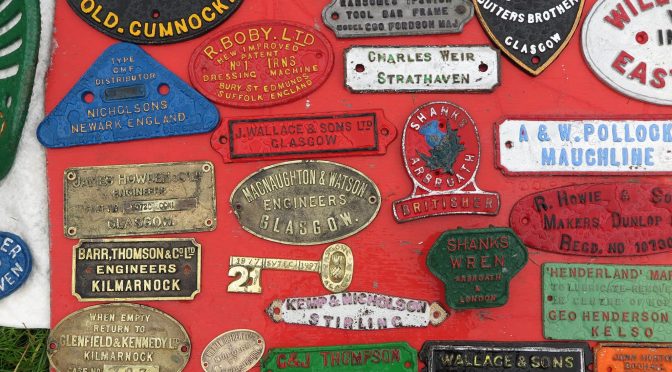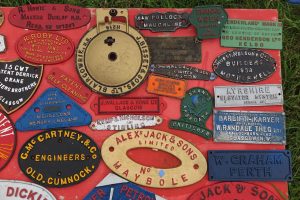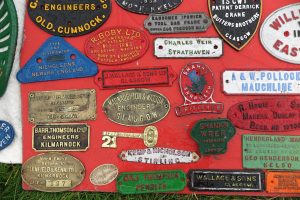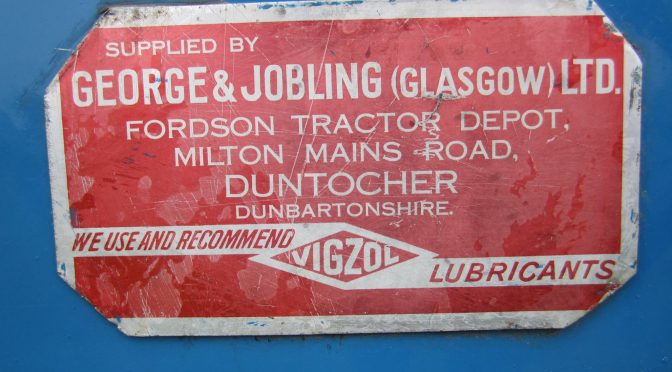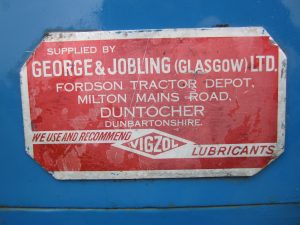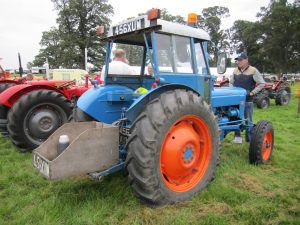A number of the Scottish implement and machine makers became companies limited by guarantee during their years of operation and trading. This transition, made under the companies Acts, involved the transfer of a business to a new legal structure, directors and shareholders.
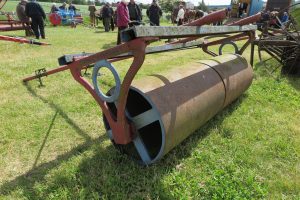 Ben. Reid & Co., Aberdeen, was one such companies that made this transition to a company limited by guarantee. It did so in 1900, and Ben. Reid & Co. Ltd, was incorporated on 26 April 1900. It was a well-known Aberdeen firm of agricultural implement makers, seedsmen and nurseyemn, already having been in business in the mid 1840s, and exhibiting at the Highland Show from 1858.
Ben. Reid & Co., Aberdeen, was one such companies that made this transition to a company limited by guarantee. It did so in 1900, and Ben. Reid & Co. Ltd, was incorporated on 26 April 1900. It was a well-known Aberdeen firm of agricultural implement makers, seedsmen and nurseyemn, already having been in business in the mid 1840s, and exhibiting at the Highland Show from 1858.
The company’s Memorandum & Articles of Association provide insights into the transfer of the business and the activities that the new one would undertake. It states:
“Objects of the company established are:
1. To purchase and acquire (1) from Benjamin Reid & Company, seedsmen, nurserymen and florists in Aberdeen, and William Gibson and Alexander Hay, seedsmen and nurserymen there, the individual partners of and Trustees for that firm, the heritable property, leases, stocks in trade, plant, machinery, implements, working tools and appliances, funiture, goodwill of the business, and gooder assets of that firm, on 31st October 1899, as specified in the Minute of Agreement hereinafter referred to; and (2) from Benjamin Reid & Company, engineers and agricultural implement makers, of Bon Accord Works, Aberdeen, and the said William Gibson and 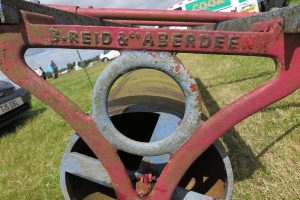 Alexander Hay, the individual partners of and trustees for that firm (whose business has been carried on as a concern separate form that of the firm first above mentioned and under different conditions of partnership), the heritable properties, lease, stock in trade, plant, machinery, working tools and appliances, furniture, goodwill of business, patent and other trade rights, trade marks and trade names and other assets of that firm, on 31st October 1899, as specified in the Minute of Agreement hereinafter referred to, and for the purposes above narrated to adopt and to cary into effect the Minute of Agreement above referred to, being a Minute of Agreement dayted the 25th day of April, 1900, entered into by (first), the said firm of Benjamin Reid & Company, seedsmen, nurserymen, and florists, and the said William Gibson and Alexander Hay, the individual partners of that firm, as individuals and as Trustees for it, and (second) the said firm of Benjamin Reid & Company, engineers and agricultural implement makers, and the said William Gibson and Alexander Hay, the individual partners of that firm, as individuals and as Trustees for it, on the one part and Robert Gordon Wilson, architect in Aberdeen, as Trustee, acting provisionally for this company, on the other part, this company taking the place of the purchaser, thereunder, a copy of which Minute of Agreement is set forth in the schedule of the company’s Articles of Association, and alos to enter into any new agreement with the said two firms of Benjamin Reid & Company or either of them, and the partners and Trustees for these firms or either of them, as such parties and Trustees and also as individuals. …
Alexander Hay, the individual partners of and trustees for that firm (whose business has been carried on as a concern separate form that of the firm first above mentioned and under different conditions of partnership), the heritable properties, lease, stock in trade, plant, machinery, working tools and appliances, furniture, goodwill of business, patent and other trade rights, trade marks and trade names and other assets of that firm, on 31st October 1899, as specified in the Minute of Agreement hereinafter referred to, and for the purposes above narrated to adopt and to cary into effect the Minute of Agreement above referred to, being a Minute of Agreement dayted the 25th day of April, 1900, entered into by (first), the said firm of Benjamin Reid & Company, seedsmen, nurserymen, and florists, and the said William Gibson and Alexander Hay, the individual partners of that firm, as individuals and as Trustees for it, and (second) the said firm of Benjamin Reid & Company, engineers and agricultural implement makers, and the said William Gibson and Alexander Hay, the individual partners of that firm, as individuals and as Trustees for it, on the one part and Robert Gordon Wilson, architect in Aberdeen, as Trustee, acting provisionally for this company, on the other part, this company taking the place of the purchaser, thereunder, a copy of which Minute of Agreement is set forth in the schedule of the company’s Articles of Association, and alos to enter into any new agreement with the said two firms of Benjamin Reid & Company or either of them, and the partners and Trustees for these firms or either of them, as such parties and Trustees and also as individuals. …
1. To carry on all or any of the businesses of wholesale and retail seed merchants, nurserymen, arboculturists, horticulturists, florists, fruiterers, farmers, graziers, live stock breeders, gardeners, foresters, seed growers, grain merchants, dealers in and producers and manufacturers of manures and feeding stuffs, and producers of all kinds of farm, nursery and garden produce.
2. To carry on all or any of the businesses of agricultural and general engineers, locomotive builders, bridge builders, agricultural and horticultural builders and implement makers, manufacturers of gardeners’ and foresters’ tools, implements and machinery, and of motor cars and other vehicles,a nd of gas, oil and electric engines, and of wagons and steam road rollers, and of salt and sand distributors for tramways, and of all kinds of fencing, wire-netting and wirework, and of all other kinds of machinery plant. tools, instruments and appliances, cartwrights, millwrights, wheelwrights, founders, moulders, workers, fitters and finishers or iron, brass, copper, and any other metals, blacksmiths, carpenters, joiners, painters, decorators, general builders, architects and draftsmen. …”
The capital of the company was £50,000, divided into 15,000 preferred shares of £1 each, and 35,000 ordinary shares of £1 each. The company had power to increase or reduce the capital.
The company continued in business for a few years thereafter. The company made an extraordinary resolution to wind up the company on 4 February 1907. The final winding up meeting was held on 10 May 1909.
The photographs were taken at the Fife Vintage Agricultural Machinery Rally, June 2015.
